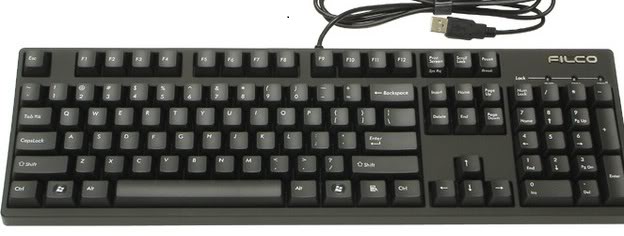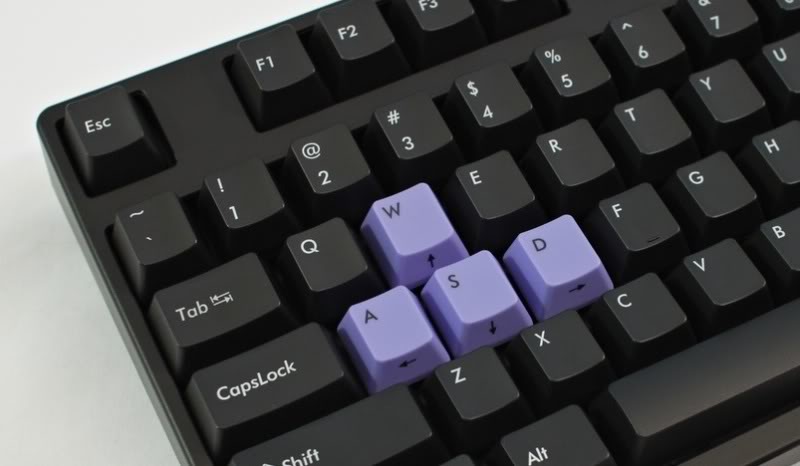This post has not been edited by the GamesBeat staff. Opinions by GamesBeat community writers do not necessarily reflect those of the staff.
I love a good analogue stick as much as the next guy, but for those of us who spend just as much time gaming on the PC as on a console, the things that make good gaming controls are a little different. And while we wait with bated breath for the next step in motion control, I’m going to take a look at the humble keyboard, specifically the Filco Majestouch Tactile Click.

Exactly what makes a good gaming keyboard is a complicated and extremely personal set of questions and answers. Some like separate hotkeys for MMO macros; others like dedicated media keys or even a separate display like those in Logitech’s G15.
Most gaming keyboards, along with almost all others on the market today, have keys that are placed on a rubber dome membrane. Think of it like bubble wrap, and when you hit a key, you’re hitting a “bubble,” therefore registering the keystroke.
Thing is, just like bubble wrap these rubber domes eventually wear down. The cheaper ones (like those you get with a desktop computer off of a retail shelf) can take a significant amount of pressure to register the keys, gradually making your poor digits sore. No amount of macro keys or displays will fix that.
The Filco keyboards, along with a few others, use mechanical switch keys. There’s a separate metal switch underneath every single key; tech specs claim that you’ll get around a dozen million keystrokes out of every key, about four to five times that of a typical rubber dome board. They’re also designed to register with very little pressure, alleviating any strain on your fingers and almost gently sending your fingers off to the next key with a little extra spring.

All of this technical mumbo jumbo means a mechanical switch keyboard can allow you to type faster and more accurately with a little bit of practice. They’re also excellent for PC gaming – faster typing can translate into things like more actions-per-minute on an online RTS match, or just alleviating pressure on your fingers so you can focus more on the tasks in front of you on your monitor.
Oh, and there are several different types of mechanical keys, as well. The Tactile Click version that I’ve been using makes a clicky noise when the keys register, so if you’re an old codger at heart who loves the sound and feel of a typewriter, or the IBM Model M boards from the 1980s, you’ll probably feel right at home on the Majestouch. If words don’t convince you, here’s a video demonstration.
That, my friends, is the sound of typing bliss.
The Filco boards are solid things, weighing in at over a pound despite their relatively small footprint. There are a bunch of other options if you want to shop around, too. The Tactile Touch versions have the same feel as the Tactile Click, but don’t make as loud a clicky noise. The Linear Force version has no such feel, so you can bottom up the keys with almost zero force. I’ve read that it leads to fewer missed keys which can be a great help to online gamers. You can even get different-coloured keycaps for the WASD keys, boards without key markings, and boards without the numberpad.

A word of caution, though: mechanical keyboards are far more expensive than their more common rubber dome brethren; the Filco Majestouch clocks in at over a hundred dollars at elitekeyboards.com, the manufacturer’s North American distributor. That much cash for a board without so much as a media key or USB key can be a lot to ask. But if you do choose to take the plunge, you might be on your way to a sublime, even transformative, gaming and typing experience.
